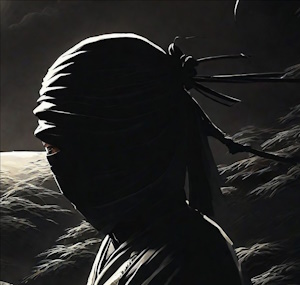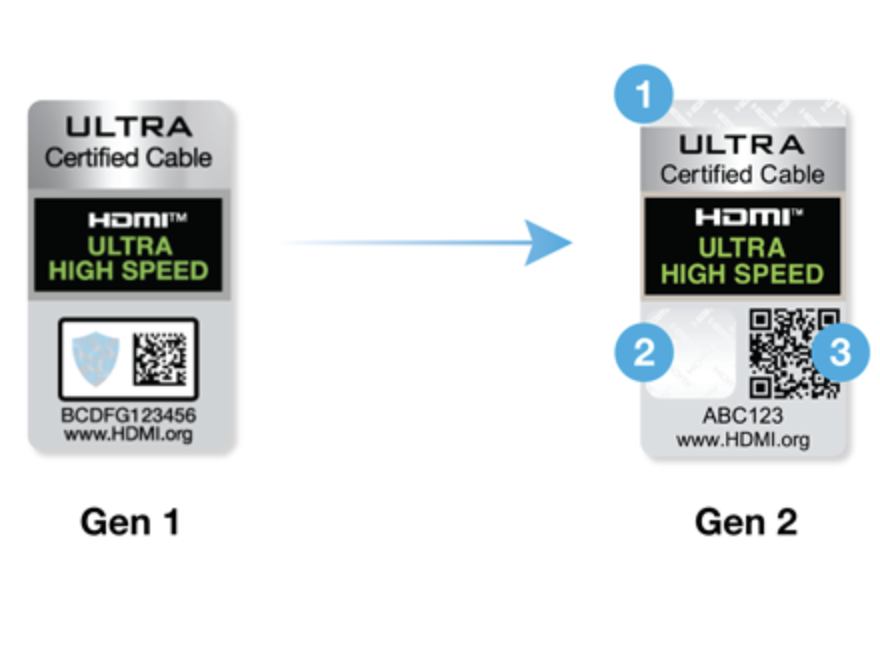The new certifications for HDMI cables are now slowly coming onto the market. Known as Gen 2, these certifications will provide verification for the authenticity of a given cable and gradually replace the first generation certifications.
This formally began in May 2023, but the HDMI Licensing Administrator (HDMI LA) has allowed the old labels to continue to be used until stocks of the corresponding cables have all been sold. In its February newsletter, cable manufacturer Club3D drew attention to this change and stated that it is currently changing its label fulfillment provider, so packs with both the old and the new certifications will soon appear in stores.
The new certification has the advantage that it can be checked more easily. According to the HDMI LA, a simple scan of the QR code on the pack is enough to verify its authenticity. The old verification, on the other hand, required the proprietary HDMI app.



The whole point of HDMI is HDCP which is necessarily very much proprietary. HDMI is a product of the film & TV industries to protect their “intellectual property”. https://en.wikipedia.org/wiki/HDMI
HDMI isn’t necessary for HDCP though. HDCP also works over DisplayPort and even DVI.
Edit: The HDMI article on Wikipedia that you linked even says: